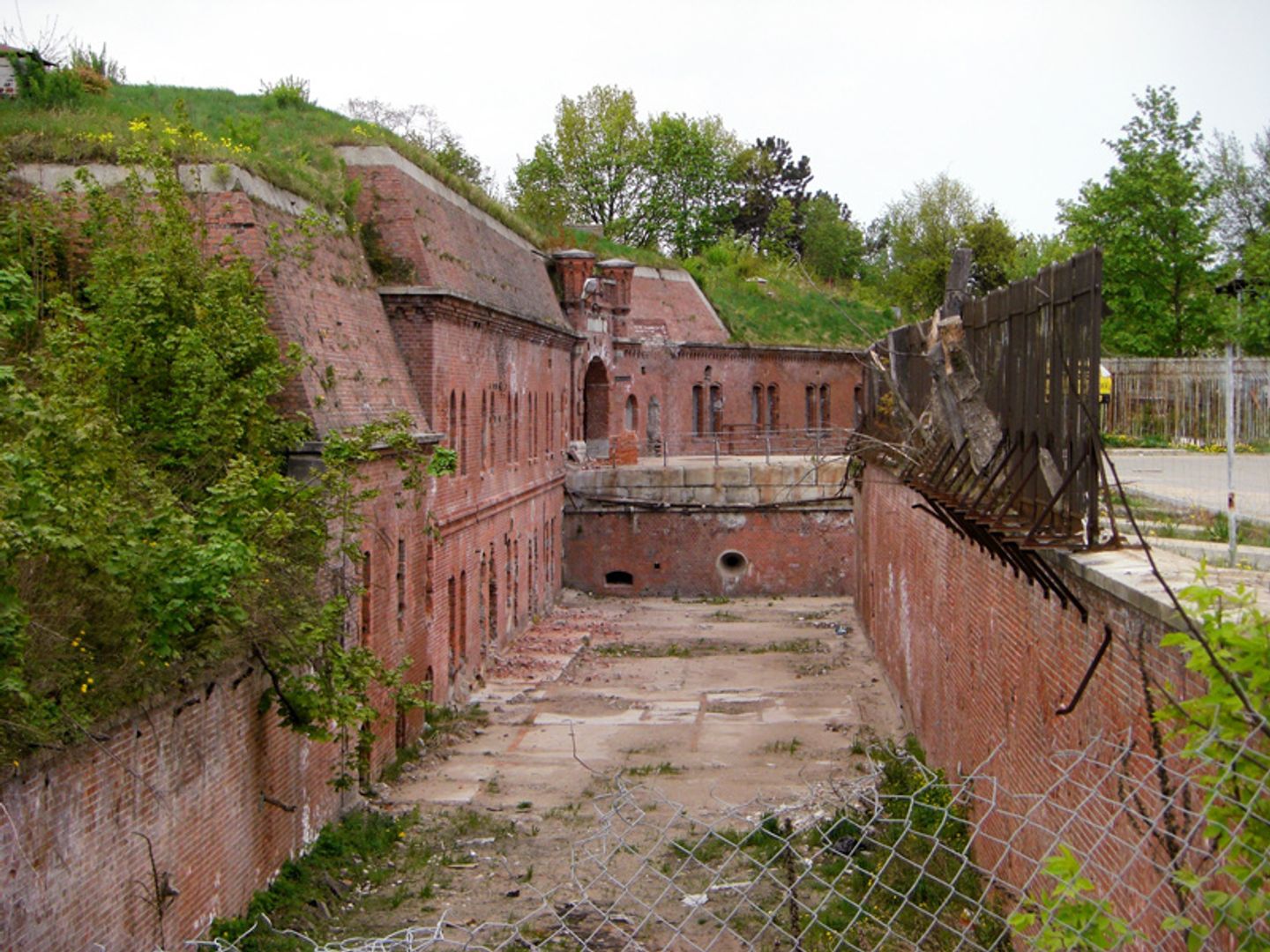Fort IX of the Toruń Fortress
6.86

Overview
Fort IX of the Toruń Fortress, originally known as Zwischenfort IVc and named after Heinrich von Plauen, and since 1920 after Bolesław Chrobry, was built between 1882 and 1884. Architecturally, the fort was designed on a pentagonal plan, which marked a change from the initial trapezoidal concept. Its size was measured by a 176-meter perimeter at the neck corners. The fort was tasked with protecting Toruń from the west, and its artillery could fire towards the towns of Stary Toruń and Nieszawka. The garrison consisted of an infantry battalion and crews for 11 artillery positions, equipped with two observation posts. Within the fort, there were neck barracks, a moat, caponiers, and fortifications, most of which were modernized with electricity, plumbing, and concrete reinforcements. A significant date in the fort's history is 1920, when it gained a new function, becoming the site of the 8th Regional Horse Hospital and a farriers' school. After the Prussian troops abandoned the fort, it suffered vandalism, leaving it with damaged installations and a lack of equipment. Despite conservation attempts, the fort's demolition began in the 1960s but was never completed. Landscape changes due to infrastructure expansion led to the destruction of the remaining fort elements and the transformation of the surroundings, which were adapted to incorporate garages. Fort IX is not only an architectural monument but also a witness to historical changes and spatial adaptations, making it an interesting place for both history researchers and tourists.
Location
2025 Wizytor | All Rights Reserved